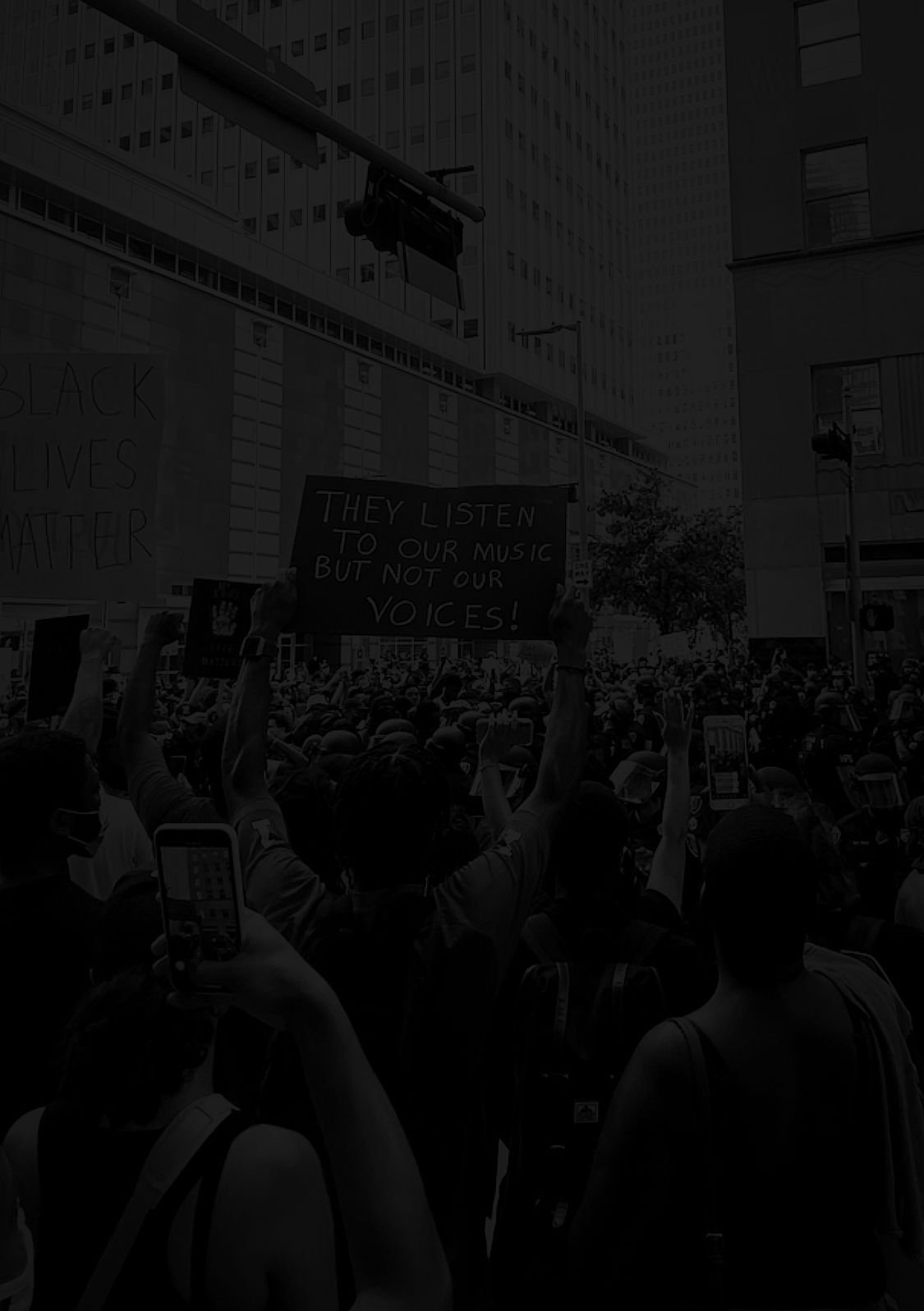This week was the 52nd anniversary of the Stonewall Riots, a major milestone event for LGBTQIA+ rights. Learn more about what happened, as well as its significance in history.
The Stonewall Riots, also called the Stonewall Uprising, began in the early hours of June 28, 1969 when New York City police raided the Stonewall Inn, a gay club located in Greenwich Village in New York City.
The raid sparked a riot among bar patrons and neighborhood residents as police roughly hauled employees and patrons out of the bar, leading to six days of protests and violent clashes with law enforcement outside the bar on Christopher Street, in neighboring streets and in nearby Christopher Park.
The Stonewall Riots served as a catalyst for the gay rights movement in the United States and around the world.
When police raided Stonewall Inn on the morning of June 28, it came as a surprise—the bar wasn’t tipped off this time as it normally was.
Armed with a warrant, police officers entered the club, roughed up patrons, and, finding bootlegged alcohol, arrested 13 people, including employees and people violating the state’s gender-appropriate clothing statute (female officers would take suspected cross-dressing patrons into the bathroom to check their sex).
Fed up with constant police harassment and social discrimination, angry patrons and neighborhood residents hung around outside of the bar rather than disperse, becoming increasingly agitated as the events unfolded and people were aggressively manhandled. At one point, an officer hit a lesbian over the head as he forced her into the police van— she shouted to onlookers to act, inciting the crowd to begin throw pennies, bottles, cobble stones and other objects at the police.
Within minutes, a full-blown riot involving hundreds of people began. The police, a few prisoners and a Village Voice writer barricaded themselves in the bar, which the mob attempted to set on fire after breaching the barricade repeatedly.
The fire department and a riot squad were eventually able to douse the flames, rescue those inside Stonewall, and disperse the crowd. But the protests, sometimes involving thousands of people, continued in the area for five more days, flaring up at one point after the Village Voice published its account of the riots.
Though the Stonewall uprising didn’t start the gay rights movement, it was a galvanizing force for LGBT political activism, leading to numerous gay rights organizations, including the Gay Liberation Front, Human Rights Campaign, GLAAD (formerly Gay and Lesbian Alliance Against Defamation), and PFLAG (formerly Parents, Families and Friends of Lesbians and Gays).
Source: history.com

